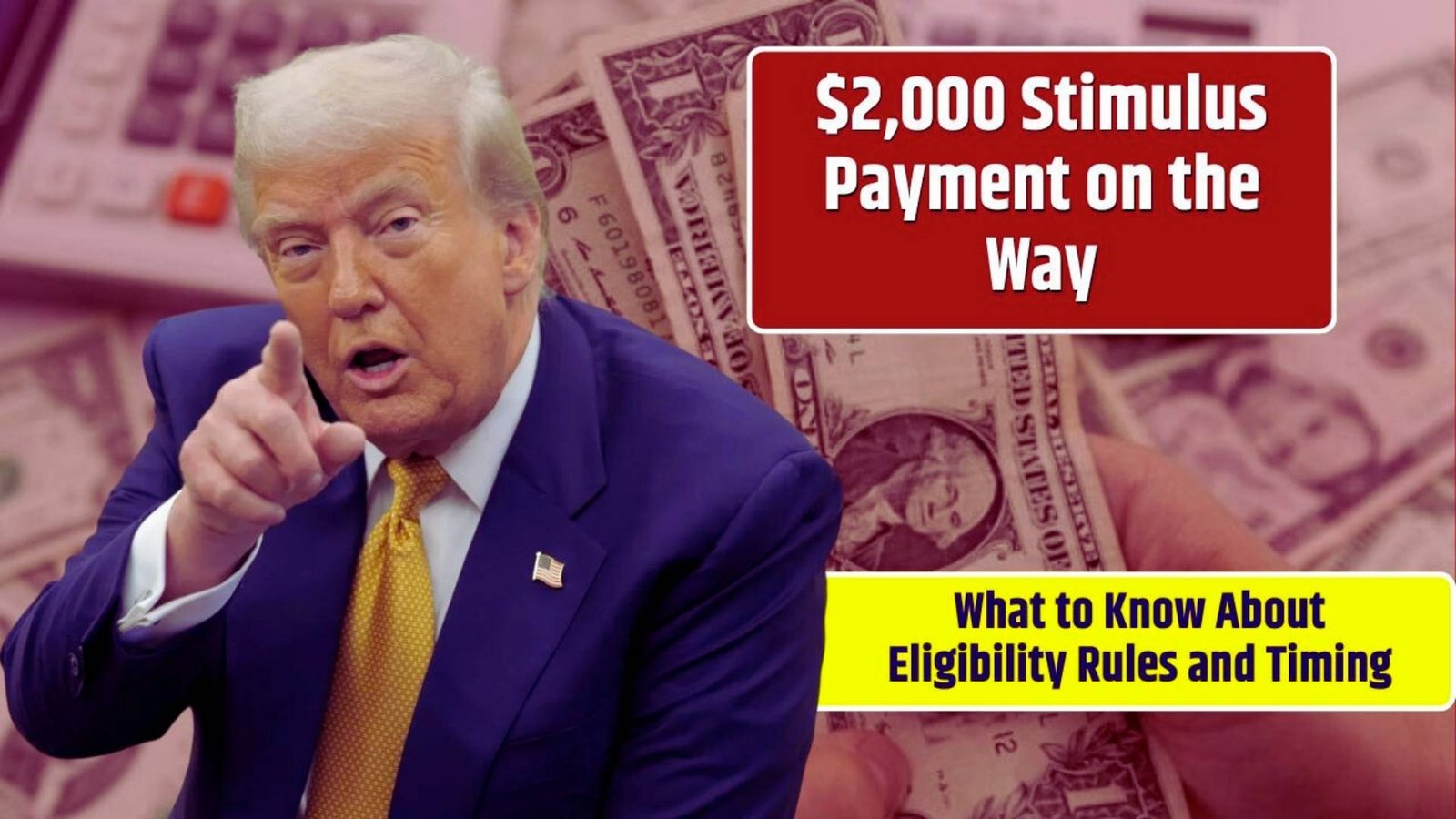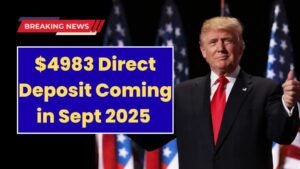Could another round of relief really be landing in your bank account soon? The buzz around a $2,000 stimulus payment has many Americans on edge, waiting to see if financial help is about to arrive. But the big questions remain: Who qualifies, when will it come, and how much can you really expect? Let’s uncover the details.
What Is the $2,000 Stimulus Payment?
The proposed $2,000 stimulus check is designed as direct relief to help Americans manage inflation, rising costs, and lingering financial pressures. Much like previous stimulus rounds, these payments would be sent out by the government either through direct deposit, paper checks, or prepaid debit cards. But unlike older programs, this one comes with new eligibility rules and stricter timing requirements.
A Brief History of Stimulus Payments
Stimulus checks aren’t new. The U.S. government has issued multiple rounds since 2020, including the $1,200 CARES Act, the $600 second round, and the $1,400 third round. Together, they provided trillions in relief. What sets the 2025 proposal apart is the higher payment amount and targeted focus on households hit hardest by rising living costs.
A Look Back at Previous Stimulus Payments
| Round | Year | Payment Per Person | Income Cutoff (Single) |
|---|---|---|---|
| 1st | 2020 | $1,200 | $75,000 |
| 2nd | 2020 | $600 | $75,000 |
| 3rd | 2021 | $1,400 | $80,000 |
| Proposed | 2025 | $2,000 | $90,000 (expected) |
Why This $2,000 Relief Payment Matters Now
With inflation still straining budgets, many families are struggling to keep up with food, rent, and energy bills. A $2,000 stimulus payment could mean catching up on overdue bills, paying down debt, or simply breathing easier financially. Economists argue it would provide a short-term boost not just for individuals, but for the broader economy.
Eligibility Rules: Who Qualifies?
The exact requirements are still being finalized, but here’s what’s expected based on past programs:
- Single filers earning less than $90,000
- Married couples earning under $180,000
- Parents with dependents could see an extra $500–$1,000 per child
Those above the income thresholds may see reduced or no payments.
Expected Eligibility Breakdown
| Filing Status | Income Limit | Payment Amount |
|---|---|---|
| Single | Up to $90,000 | $2,000 |
| Married Joint | Up to $180,000 | $4,000 |
| Dependents | N/A | +$500–$1,000 each |
When Will Payments Arrive?
Timing is everything. If approved, payments could start rolling out within weeks of the bill’s passage. Direct deposits usually arrive first, followed by paper checks and debit cards. Past programs showed most Americans received funds within 2–6 weeks once the law was signed.
Notable Facts About Stimulus Payments
- Over 85% of U.S. households received at least one stimulus check between 2020–2021.
- Some unclaimed payments remain available through IRS Recovery Rebate Credit.
- Direct deposit is always the fastest way to receive funds.
Expert Tips to Prepare
- Update IRS Information — Make sure your direct deposit details are current.
- File Taxes On Time — Eligibility often depends on your most recent return.
- Watch for Scams — Real stimulus money comes only from the U.S. Treasury, not unsolicited texts or calls.
FAQs
Q: Do I need to apply for the $2,000 stimulus?
A: No, eligible recipients will receive it automatically.
Q: Will Social Security recipients get this payment?
A: Yes, just as in previous rounds, they are expected to qualify.
Q: Is this guaranteed to happen?
A: It’s still under debate — approval depends on Congress and final budget negotiations.
Conclusion: The Countdown Is On
The $2,000 stimulus payment could be a game-changer for millions, offering timely relief when many need it most. While details on eligibility and timing are still unfolding, history shows that when help arrives, it moves fast. Stay alert, keep your information updated, and be ready — your financial lifeline may be just around the corner.




